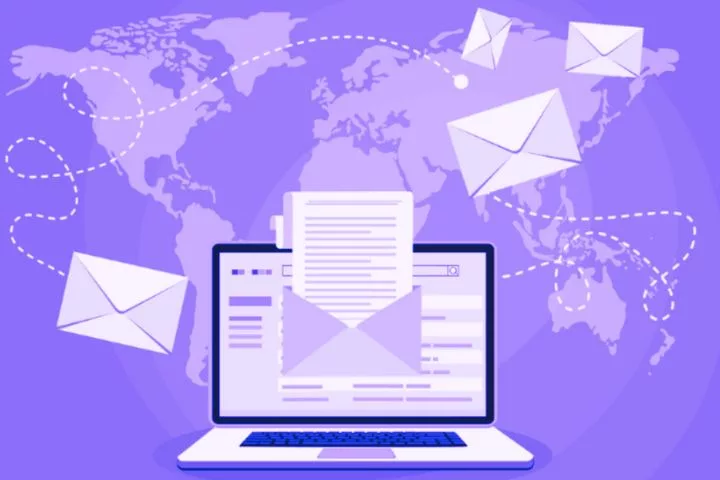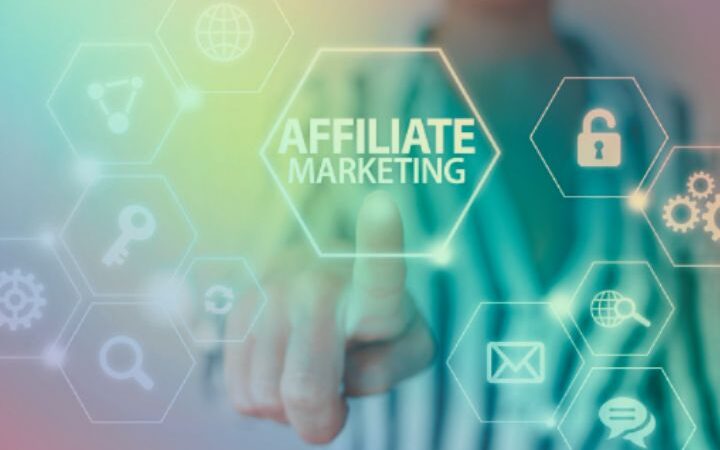What Is Email Marketing? Definition, Advantages And Marketing Goals

What do you think of when you hear the word email marketing? Old school Or: ineffective? If these are also your first associations, we would like to clarify prejudices in this article.
Email marketing is neither outdated nor ineffective. Above all, it does not automatically serve suspected spam. Instead, it offers an uncomplicated way of acquiring new customers or strengthening existing contacts through digital messages.
The success of a winning strategy in email marketing is underestimated. Read what email marketing is, its advantages, how it supports the inbound method, and much more.
Why email marketing is anything but out
We currently count more than 4.5 trillion email accounts worldwide. 95% of all Internet users send emails – 91% check their inbox at least once daily.
Considerable numbers.
The medium of email has a firm place in our everyday lives. It offered companies a point of contact close to prospects and desired customers. Almost ideal for marketing.
According to the Direct Marketing Association, 76% of marketers use email more today than they did a few years ago. But what does email marketing mean exactly?
Become an email marketing pro with our free email templates. Download now and optimize your sales strategy!
Email Marketing Definition: What is it?
Email marketing means sending digital messages to potential and existing customers. However, it is assigned to online marketing in the first step and direct marketing only in the second.
Strategically, two forms of communication via email can be distinguished:
- One-to-one communication describes the dialogue between individuals. For example, a company can also target a new contact here.
- On the other hand, one-to-many communication occurs between a company and (clustered) groups of people. The frequency mustn’t degenerate because if we do it too often, we will quickly move towards spam mail. And this goes down well with very few.
Successful email marketing
Two dominant tools can be assigned to email marketing: on the one hand, the mailing campaign, and on the other hand, the sending of newsletters.
The emailing per campaign is the more flexible tool of the two. Mails are sent as soon as there is news; For example, a particular campaign is pending, or a new product has been developed.
These emails are sent irregularly and, in this respect, are clearly in contrast to the newsletter, whose guiding principle is regularity. You can provide your customer base with an overview of valuable insights, current developments in the company, or upcoming events on a weekly or monthly basis.
To persuade the recipient of the email not only to read but also to order your new product, take part in one of your events, or provide further information about your company independently, you should include calls-to-action in your email.
Similar to a website, this call to action guides the reader and makes it easier for them to take the next interactive steps in communicating with you.
Ideally, your reader will be directed to your company’s landing page, and you are already closer to your goal of winning them as a customer or promoters.
The righteous basis: Compliant with the GDPR
One thing is essential to keep in mind with any marketing approach: An important principle of email marketing is the prior consent of the recipient to want to receive the email. In any case, get the explanation for this.
Otherwise, you will quickly be moving into foul territory, the so-called double opt-in procedure is necessary for this. Dubious procedures of others should not serve as a model here. The right software tools ensure legality.
Important information on the General Data Protection Regulation can also be found here.
Your advantages with email marketing at a glance
It’s obvious: an email is quick, easy, and cheap.
It is also an established communication medium in everyday working life.
With relatively little effort, you can reach many people who are usually interested in what you are sending them – after all, you have consented to your mail being sent.
Emails usually remain in the mailbox until they are manually deleted. So their lifespan is a lot longer than, for example, that of a Facebook post that disappears from the timeline after just half an hour.
In addition, only you have control over the emails that you send. With Facebook posts or Google search results, things are very different.
Emails are still more user-friendly than Messenger. WhatsApp & Co. requires a higher degree of familiarity with new contacts. And emails let users decide for themselves when and on which device their message is consumed.
In case you thought users were skeptical about email,
Seventy-seven percent of consumers surveyed said email marketing is their preferred form of marketing. One reason for this is the personal address you can implement in an email – another plus point of email marketing.
And last but not least, the ROI of an email of 4300% shows that emails are anything but old school, as mentioned at the beginning. You can measure this directly with online tools.
Email marketing goals
Customer retention and acquisition are at the top of the list of email marketing goals. The information of the readers contributes to this, as already discussed above, be it about valuable things, products or events.
It is not uncommon for companies with products or services that require a lot of explanation to build up their expert status via emails: by sending specific information or referring to particular blog articles or websites of their company.
In addition, your brand can be specifically advertised, or an image can be improved in email marketing. Only emails reach the personal address of a potential customer to such an extent.
Ultimately, you can also use email as an instrument for market and opinion research, thus constantly improving your company or product.
Conclusion
Good email marketing is used to draw the attention of customers or potential customers to products and services that exactly match their challenges. This inspires prospects and new and existing customers and strengthens customer loyalty.






